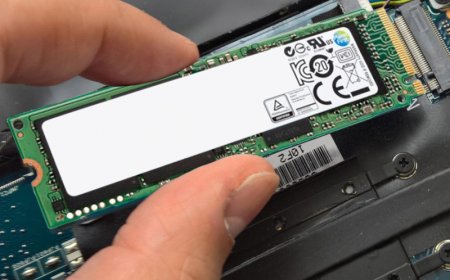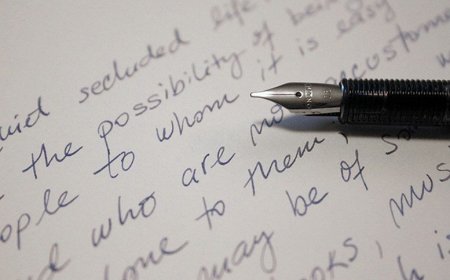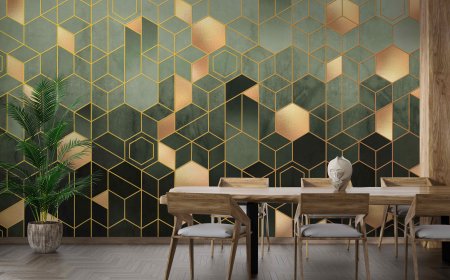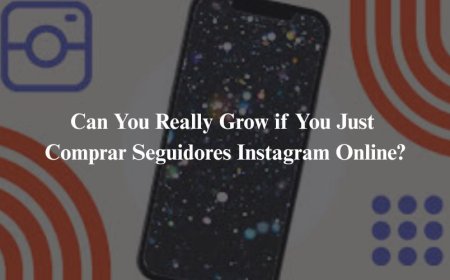Top Mistakes to Avoid When Designing for Print vs. Web
This guide is especially useful if you’re involved in business cards Dubai, flyer design, or any kind of printed marketing material in the UAE or elsewhere.

Introduction
Designing for print is very different from designing for the web. What looks great on a computer or phone screen might not work at all when printed on paper. If you dont know the difference, you could end up wasting time, money, and effort especially when youre printing brochures, posters, business cards, or product packaging.
In this blog, well go through the top mistakes people make when designing for print vs. web. Youll also learn easy ways to fix them, whether youre a beginner, freelancer, or working in a printshop or design agency. This guide is especially useful if youre involved in business cards Dubai, flyer design, or any kind of printed marketing material in the UAE or elsewhere.
1. Mistake: Not Knowing the Purpose of the Design
Web Design
Web designs are made for screenscomputers, phones, and tablets. They're interactive and often change based on screen size.
Print Design
Print designs are static. Once its printed, theres no going back. Thats why every detail must be perfect before sending it to print.
Fix:
Before you begin, ask yourself:
-
Will this be printed or viewed online?
-
Whats the final size?
-
Do I need different versions for print and web?
2. Mistake: Using the Wrong Color Mode (RGB vs. CMYK)
Web Uses RGB
Screens display colors using Red, Green, and Blue (RGB). It gives bright and glowing colors because screens emit light.
Print Uses CMYK
Printers use Cyan, Magenta, Yellow, and Black (CMYK) inks. These colors mix to produce printed shades.
What Can Go Wrong:
If you design in RGB and print without converting to CMYK, your colors might turn out dull, dark, or completely off.
Fix:
Start your print designs in CMYK mode from the beginning. In software like Photoshop or Illustrator, you can select CMYK when creating a new file.
3. Mistake: Low Resolution in Print Designs
What Is Resolution?
Resolution refers to how detailed your image is. On screen, 72 DPI (dots per inch) looks fine. But in print, it will look blurry.
Fix:
Always design print files at 300 DPI or higher.
For example, a standard business card should be 1050 x 600 pixels (3.5 x 2 inches at 300 DPI).
4. Mistake: Ignoring Bleed and Safe Zones in Print
In print, the bleed is the area beyond the final cut size. The safe zone is where you place important text or images to make sure they dont get cut off.
What Happens Without Bleed?
Your design may print with white edges or cut off important parts.
Fix:
Add at least 3mm (0.125 inches) of bleed on all sides, and keep key text inside a safe zone at least 5mm from the edge.
Ask your UAE printing press or print vendor for their bleed and margin requirementsthey might vary.
5. Mistake: Forgetting File Size and Load Speed (For Web)
In print, file size doesn't matter as much. But for the web, large files slow down websites.
Fix:
-
Use compressed formats like JPEG or WebP
-
Resize images for the web (no need for 5000-pixel wide photos)
-
Avoid 300 DPI for web use 72 DPI instead
6. Mistake: Choosing the Wrong Fonts or Sizes
Some fonts look amazing on screen but dont print well. Thin or light fonts might disappear in print, especially on matte or textured paper.
Print Guidelines:
-
Use bold, readable fonts
-
Minimum 6pt size for small text
-
Avoid pure white text on light backgrounds
-
Make sure black text is in 100% K (not rich black)
Web Guidelines:
-
Choose fonts that are easy to read on screens
-
Use web-safe fonts (like Arial, Roboto, or Open Sans)
-
Make sure text adjusts on different devices (responsive design)
ALSO READ: What Is a Marketing Agency and What Do They Do?
7. Mistake: Not Embedding Fonts in Print Files
If you use a fancy font and send the file without embedding it, the printer may replace it with a default font, ruining your layout.
Fix:
-
Convert fonts to outlines in Illustrator
-
Or embed fonts when exporting to PDF
-
Always send a print-ready PDF to your printer
8. Mistake: Using Online Images Without Checking Quality or Rights
Web Designs
You can use lower-quality images and sometimes get away with using images from free sources.
Print Designs
You need high-resolution, licensed images to avoid blurry results or copyright issues.
Fix:
-
Buy or download 300 DPI images for print use
-
Check that you have the rights to use the image commercially
-
Avoid screenshots or small images from the web
9. Mistake: Forgetting About Interactivity in Web Design
Web designs include buttons, animations, links, and user interaction. Print doesnt.
Fix:
If you're designing something like a QR code business card, you can add interactive elements like:
-
QR codes to your website
-
NFC tap features
-
Short URLs or social handles
Make sure these elements are placed clearly, and test them before printing.
10. Mistake: Not Reviewing Print Proofs
In web design, changes can be made anytime. But in print, one small mistake can ruin the whole batch.
Fix:
-
Always ask for a print proof or sample copy before full production
-
Review colors, text, spacing, and alignment
-
Show it to a second personyou may miss your own mistakes
This is especially important when working on bulk orders or custom prints in Dubai or other UAE cities.
11. Mistake: Using the Wrong File Format
For Web:
-
Use JPEG, PNG, WebP, or SVG
-
Optimize for fast loading
-
Avoid large PDFs
For Print:
-
Use PDF (Print-ready), TIFF, or EPS
-
Set to CMYK with 300 DPI
-
Include bleed and crop marks
Tip:
If youre not sure, ask your printer what format they prefer.
12. Mistake: Assuming Screen Brightness = Print Brightness
Your screen gives light. Paper reflects it. Thats why prints always appear a little darker than what you see on your computer or phone.
Fix:
-
Lower your screen brightness when checking print designs
-
Avoid very dark or low-contrast color combinations
-
Request a printed sample to compare
13. Mistake: Not Using Templates or Guidelines
Many printers offer free templates for things like:
-
Brochures
-
Posters
-
Drawing printing files
-
Business cards
These templates have the correct size, bleed, and layout settings.
Fix:
Ask your print vendor or download templates online to make sure your design fits exactly.
14. Mistake: Copying a Print Design for the Web (or Vice Versa)
A great poster doesnt always make a great Instagram post. A beautiful landing page may look terrible when printed.
Fix:
Create separate versions of your design:
-
One for web (RGB, 72 DPI, optimized size)
-
One for print (CMYK, 300 DPI, proper bleed and margins)
Its extra workbut it ensures top quality in both formats.
15. Mistake: Forgetting Local Language or Regional Needs
If youre designing print material for the UAE, for example, you may need:
-
Arabic and English text
-
Right-to-left layout considerations
-
Region-specific fonts or styles
-
Local contact info or currency
Fix:
Ask your client or printer if any local changes are needed before finalizing the design.
Conclusion
Web and print design may look similar, but they follow completely different rules. If you treat them the same, you risk blurry prints, dull colors, or layouts that dont work.
Heres a quick recap of what to do:
-
Use CMYK + 300 DPI for print
-
Use RGB + 72 DPI for web
-
Add bleed and safe zones for printed items
-
Choose readable fonts and high-res images
-
Always proof before printing large batches
-
Dont forget to export in the right file format
Whether youre working on a flyer, social media post, NFC business card, or drawing printing file, knowing the difference between print and web design can save you time, money, and stress.
ALSO READ: Strike a Pose: How AI Photoshoot Apps Are Changing Fashion Styling




































